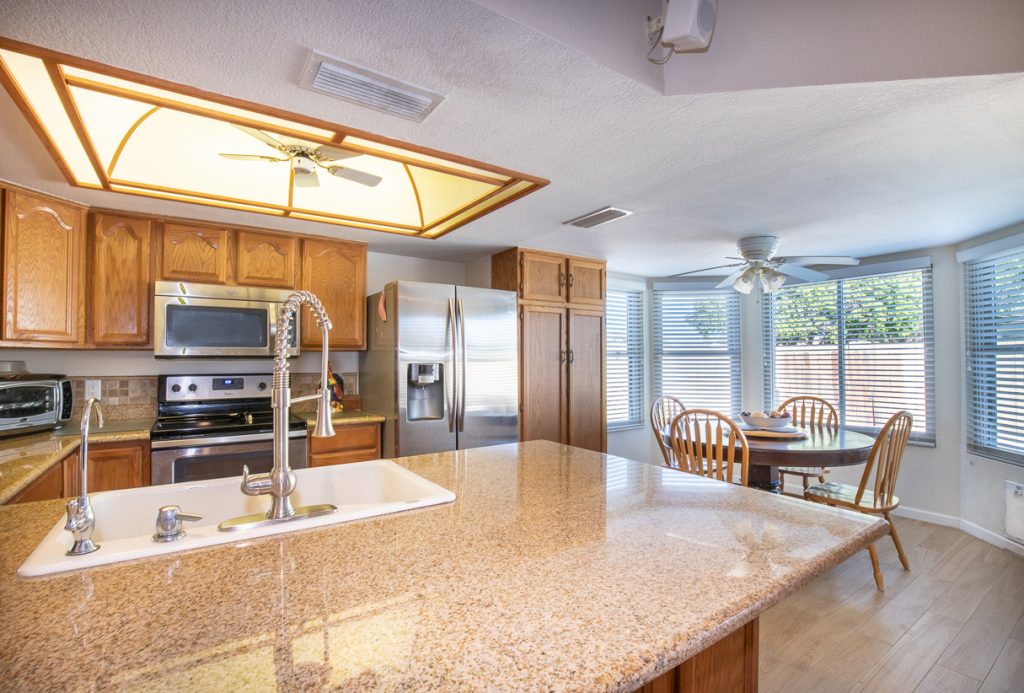Functional Obsolescence in Real Estate
In real estate, the term “functional obsolescence” is defined as “the impairment of functional capacity of a property according to market tastes and standards.” In simpler terms, this essentially means that there is a reduction in the property’s desirability, typically because of an outdated design feature that cannot easily be altered or changed. This leads to a lower appraisal and a loss of property value.
Real estate can exhibit functional obsolescence if its design features are outdated, not useful, or not aligned with market tastes and standards, such as when an old house is located within a neighborhood of new homes.
While functional obsolescence is generally associated with rundown structures or dilapidated neighborhoods, it can also occur in the opposite case. For example, a home may have “over-improvements” when a homeowner renovates and includes features within their home that might not be necessary.
 Curable Obsolescence
Curable Obsolescence
Curable functional obsolescence refers to any deficiency that can be cured by the property owner. For example, if physical depreciation can be fixed by updating, repairing and renovating the subject property, then the obsolescence would be considered curable.
Incurable Obsolescence
Incurable obsolescence is when the deficiency causing the obsolescence is too costly, impractical or impossible to cure. In these cases, the deficiency is often a factor that the property owner has no control over, such as being on a busy road or under power lines.
Superadequacy Obsolescence
The final type of functional obsolescence is known as superadequacy, this is essentially the opposite of a deficiency. Superadequacy happens when the homeowner over-improves the property for the neighborhood.
How Much Can Functional Obsolescence Impact Property Value?
If the obsolescence is due to a deficiency, it will undoubtedly lead to a decline in the valuation of the property while curable functional obsolescence will not affect the property value as much. In situations of a superadequacy, it is most likely the homeowner will not be able to get enough money out of the investment to cover the cost of the improvements made.
Ultimately, functional obsolescence creates problems even before we get offers on a home because there will be less traffic through the home resulting in more days on market, leading to only receiving low ball offers. Thus, preventing the homeowner from achieving top dollar.












